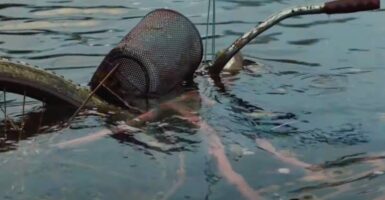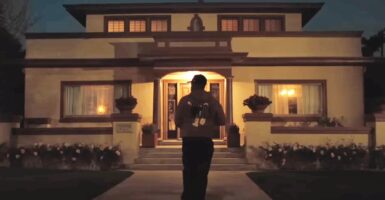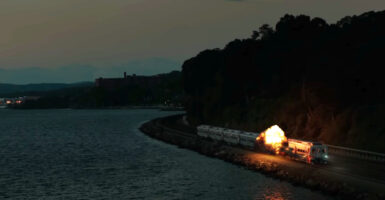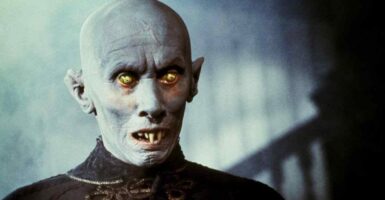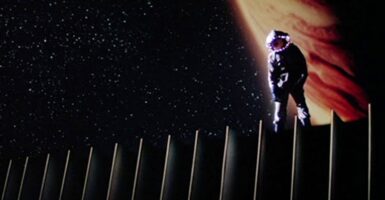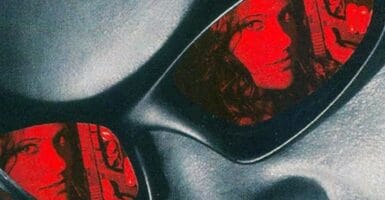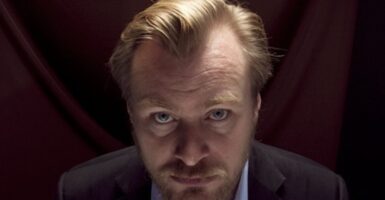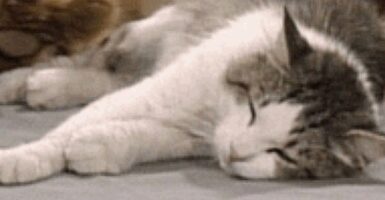Blade Runner: Director’s Cut Only Exists Because Of A Movie Theater’s Mistake
The incredible story of how Blade Runner: Director's Cut came to exist.
This article is more than 2 years old
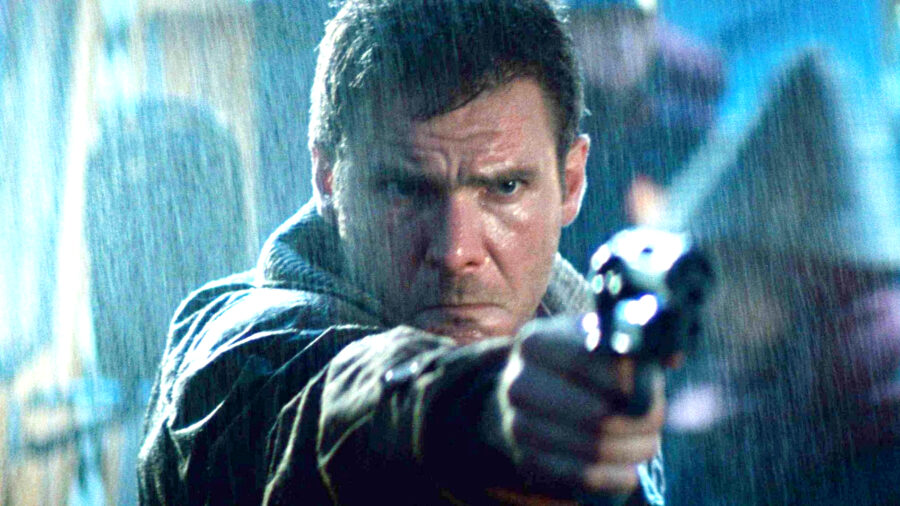
Ever wonder exactly why or how the director’s cut of 1982’s Blade Runner got released in the first place? Well, it wasn’t because fans begged for it or Ridley Scott fought for it. Instead, subsequent versions of the film exist because a single movie theater made a mistake.
Based on the 1968 Philip K. Dick novel Do Androids Dream of Electric Sheep?, Blade Runner first released in theaters in 1982 and, as chronicled by Mental Floss, it didn’t do all that well. One reason for Blade Runner‘s box office failure was the dominance of Steven Spielberg’s much more family-friendly sci-fi classic E.T. The Extra-Terrestrial. But part of the blame goes to Warner Bros. who insisted the movie have a happier ending, and that Harrison Ford — who played the eponymous replicant hunter Deckard — record a voiceover narration that both spoon-fed some of the world-building, and half-heartedly attempts gives the earlier part of the film a hardboiled, film noir feel.
But as you know if you’ve seen either the director’s cut of Blade Runner or 2007’s Blade Runner: The Final Cut, Ridley Scott didn’t want to end the film with Deckard and Rachael (Sean Young) riding a train into an idyllic countryside, or for Deckard to narrate anything. Rather than pressure from Scott, however, the release of the director’s cut came from a simple mistake.
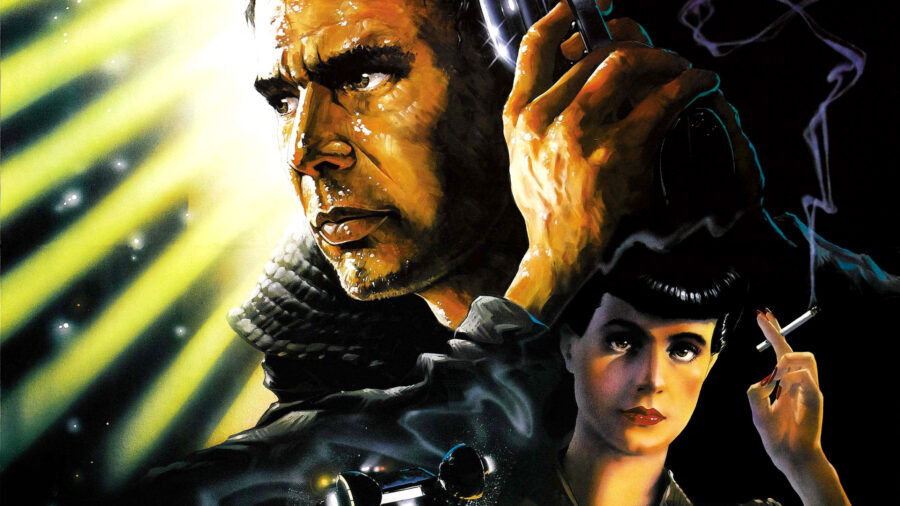
In a 1992 recounting of what happened in the Los Angeles Times, Michael Arick — Warner Bros.’s director of asset management in 1989 — said he found what he thought was a 70-millimeter print of the theatrical cut of Blade Runner, but which was actually Scott’s unfinished version without Ford’s narration or the happy ending. When the Cineplex Odeon Fairfax theater asked for a copy of the film, Arick sent the print. So, without knowing what they had, the Fairfax theater screened a much different version of Blade Runner at 10 AM on a Sunday in May 1989.
What the Fairfax audience saw was not what we now know as the director’s cut of Blade Runner. Deckard’s unicorn dream sequence wasn’t included in the cut, for example, and Jerry Goldsmith’s score for Planet of the Apes was added as a placeholder to the final conflict between Deckard and Roy (Rutger Hauer). But as Bruce Wright reminded Twitter users in February, it planted the seed for what would become the director’s cut.
As part of a February Twitter prompt, users were asked to name their most impressive “I watched that in the theater” flex. Filmmaker Bruce Wright responded, pointing out that he was there when the unfinished version of Blade Runner accidentally screened, adding that he “mounted a campaign to get it released. And succeeded.”
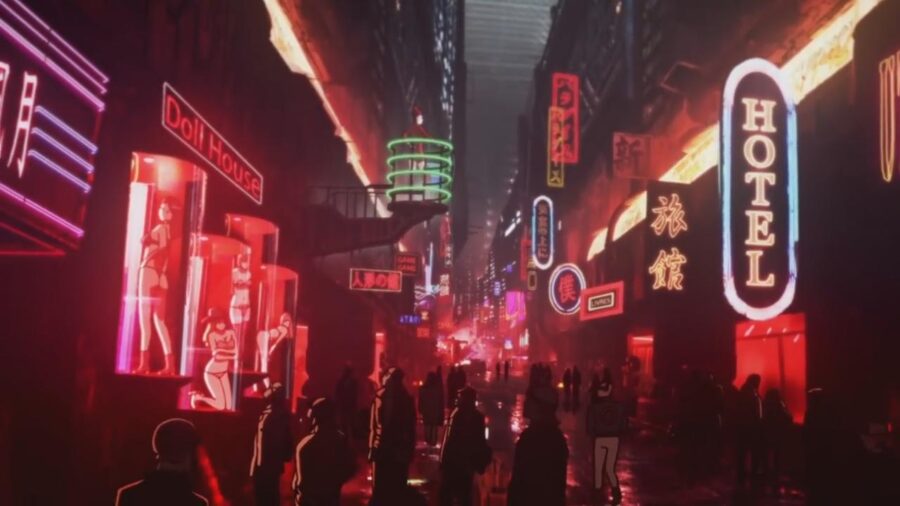
While the Los Angeles Times article doesn’t mention Wright specifically, it does say the buzz around the unfinished version of Blade Runner convinced Warner Bros. to screen it at other theaters on a limited basis over Scott’s objections who wanted to make changes, like the unicorn dream sequence. After the film raked in enough money to impress the studio, they gave Scott the budget to make the changes he wanted, and the director’s was born.
Almost 40 years after its premiere, Blade Runner still isn’t done. The anime series Blade Runner: Black Lotus is set to premiere later this year on Adult Swim.

